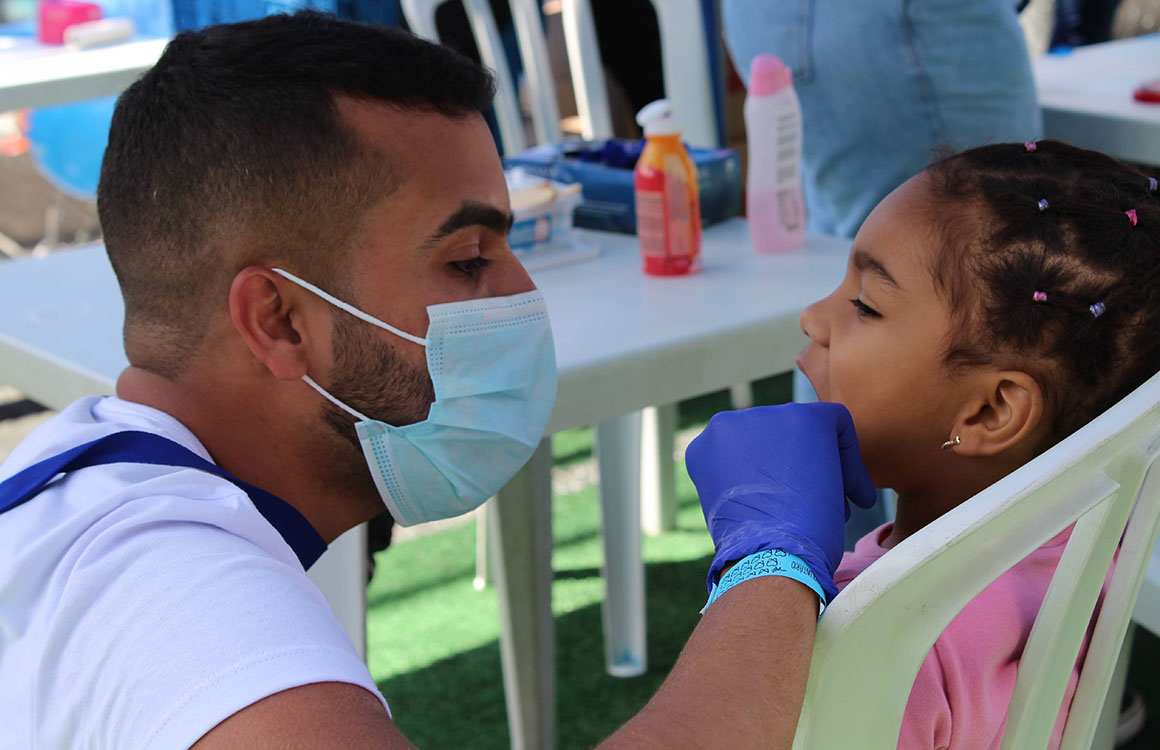Access to quality orthodontic care remains a persistent challenge across the United States, particularly in rural and underserved urban communities. With nearly 60 million Americans living in areas with a shortage of dental professionals, patients often face extended wait times or must travel long distances to receive essential treatment. Financial barriers further complicate access, as millions lack dental insurance or struggle with out-of-pocket costs for specialized services like orthodontics. The consequences of these gaps are far-reaching—not only do untreated dental conditions lead to significant health complications, but they also contribute to lost productivity, increased emergency room visits, and higher long-term healthcare costs. While legislative efforts have aimed to address affordability and expand professional training programs, the operational and structural inefficiencies within the industry continue to hinder meaningful progress.
For many small and mid-sized dental practices, managing a growing patient base while maintaining regulatory compliance and financial stability presents an ongoing challenge. Dentists and orthodontists are trained extensively in clinical procedures, yet many find themselves unprepared for the complexities of running a business. Administrative burdens, evolving healthcare regulations, and inefficient workflows can strain even the most established practices, limiting their ability to grow or expand services into high-need communities. Additionally, integrating new treatment technologies, maintaining competitive patient engagement strategies, and keeping up with continuing education requirements require resources that many independent practitioners lack. Without structured support in these areas, many providers struggle to navigate an increasingly demanding healthcare landscape.
The lack of access to professional training and development opportunities further exacerbates this issue. Many dental professionals who wish to expand their expertise in advanced orthodontic techniques face obstacles in obtaining specialized education. Continuing education programs can be expensive, time-consuming, or geographically inaccessible, preventing many practitioners from gaining the skills necessary to meet evolving patient needs. Furthermore, staying compliant with an increasingly complex regulatory framework requires ongoing effort, particularly as federal and state policies regarding insurance coverage, medical reimbursements, and licensing standards continue to shift. Without clear guidance, many small clinics find themselves vulnerable to compliance issues that can result in legal and financial setbacks.
Recognizing these challenges, FL GROUP CONSULTING LLC was founded to provide orthodontic professionals with the tools and expertise needed to improve operational efficiency and expand access to care. The firm, led by orthodontic specialist Fellipe Teixeira, will focus on helping dental practices streamline their business processes, stay compliant with industry regulations, and implement patient-centered care strategies. With extensive experience in orthodontics and healthcare management, Teixeira will work to address both clinical and administrative gaps that often limit the effectiveness of dental providers.
“Many orthodontists enter the field with a strong clinical foundation but quickly realize that running a successful practice involves much more than just treating patients,” Teixeira explains. “Our goal will be to help them navigate these challenges so they can focus on what they do best—providing excellent patient care.” By offering management consulting, regulatory guidance, and professional training, FL GROUP CONSULTING LLC will aim to empower dental professionals to enhance their services while maintaining sustainable, efficient operations.
Beyond business optimization, Teixeira’s work will highlight the importance of professional development in ensuring high-quality orthodontic care. His firm will provide advanced training in orthodontic techniques, compliance best practices, and patient engagement strategies to equip practitioners with the necessary skills to meet evolving industry demands. As technology continues to advance and patient expectations shift, continuous learning will be essential for dental professionals to remain competitive and provide top-tier care. The firm will also work with clinics to integrate innovative treatment methods and improve patient outreach, particularly in communities that have historically lacked access to specialized orthodontic services.
The need for innovative solutions in orthodontic care will be more pressing than ever. Expanding professional training opportunities, optimizing business operations, and addressing financial constraints will be critical steps toward ensuring that more patients receive the treatment they need. As discussions around healthcare reform continue, practical strategies that equip providers with the necessary skills and resources to navigate industry complexities will be essential in bridging the gap between demand and accessibility. Without systemic improvements, the divide in dental care access will only widen, leaving millions without the orthodontic services necessary for long-term health and well-being.




























